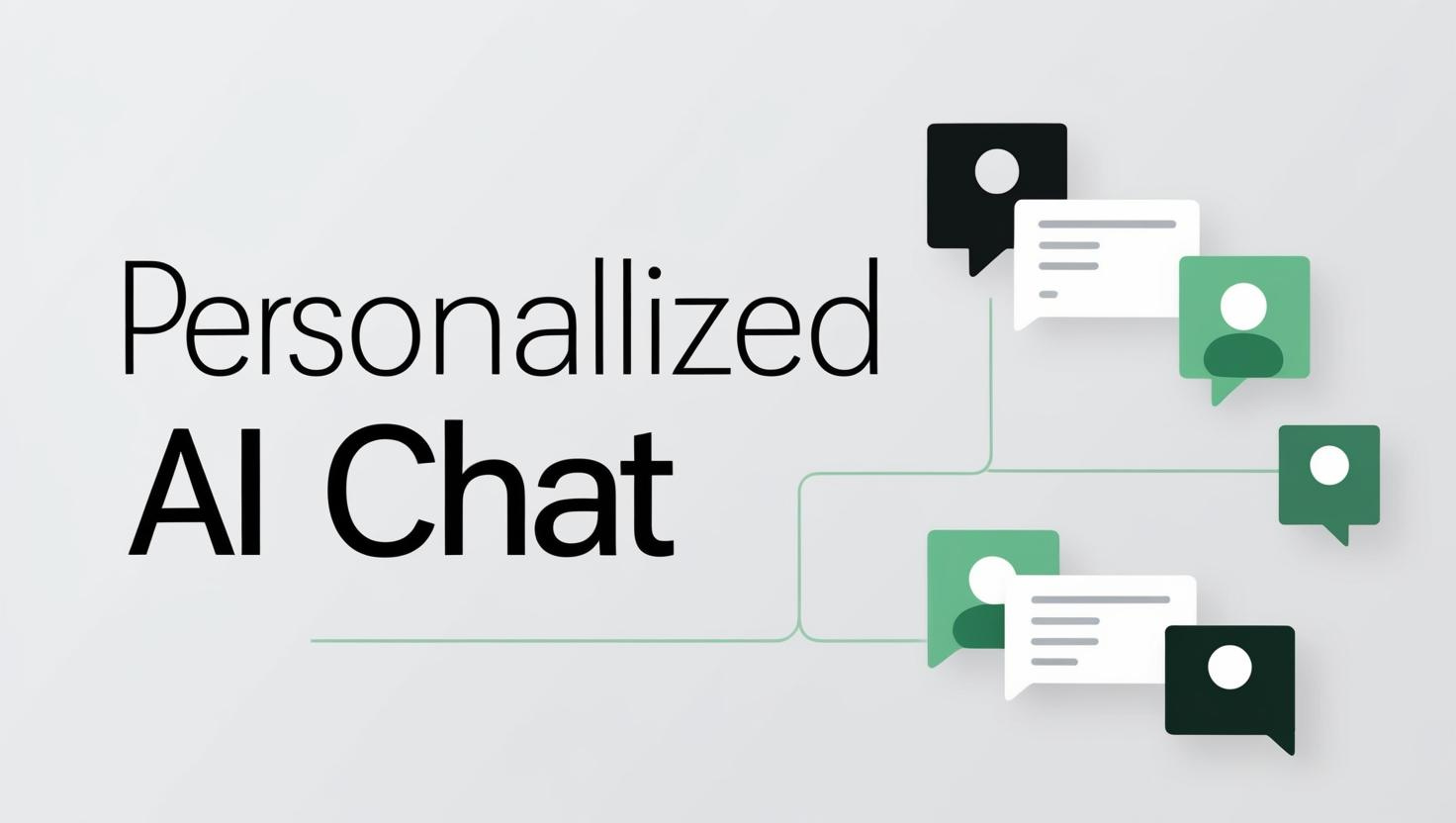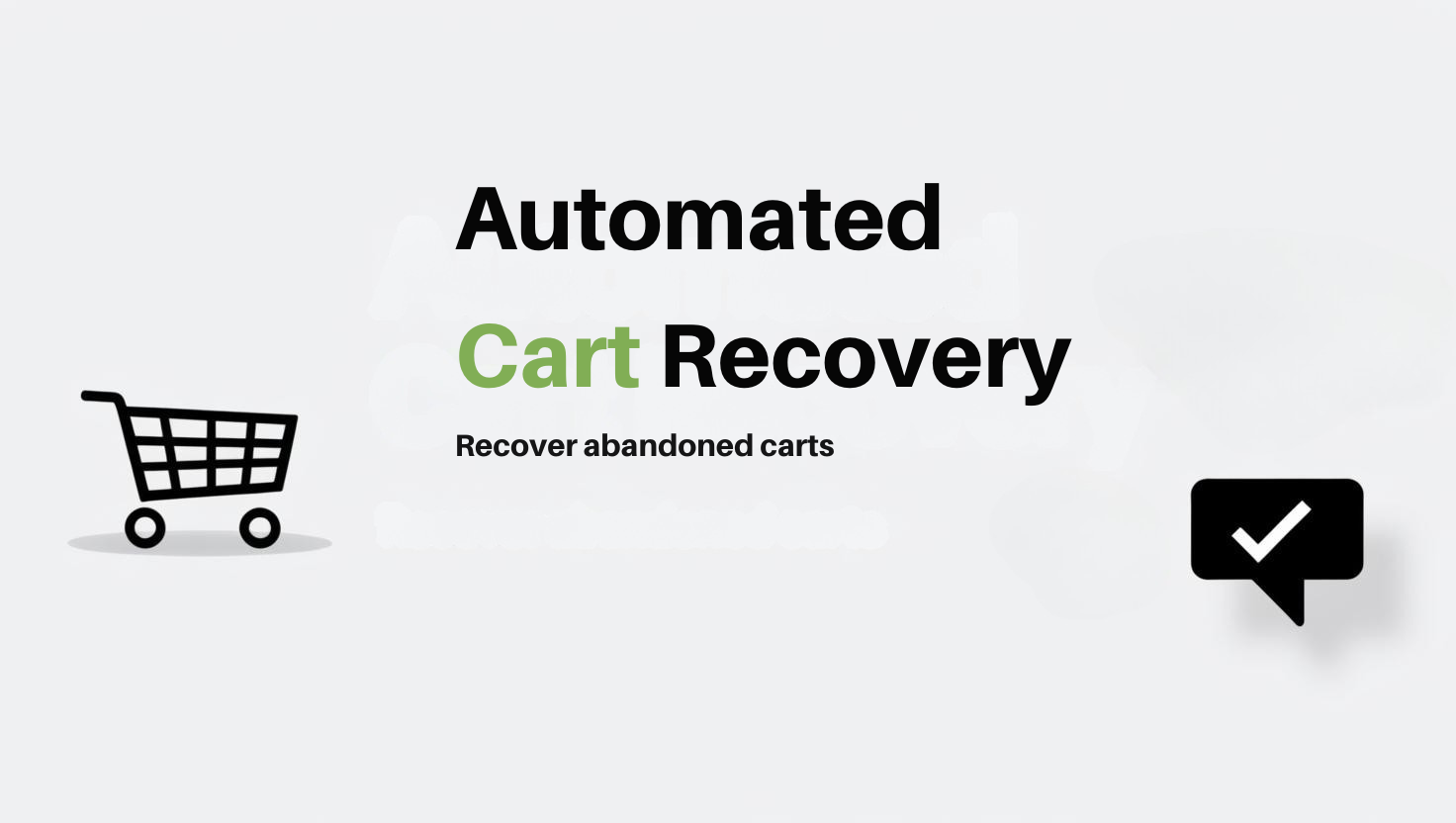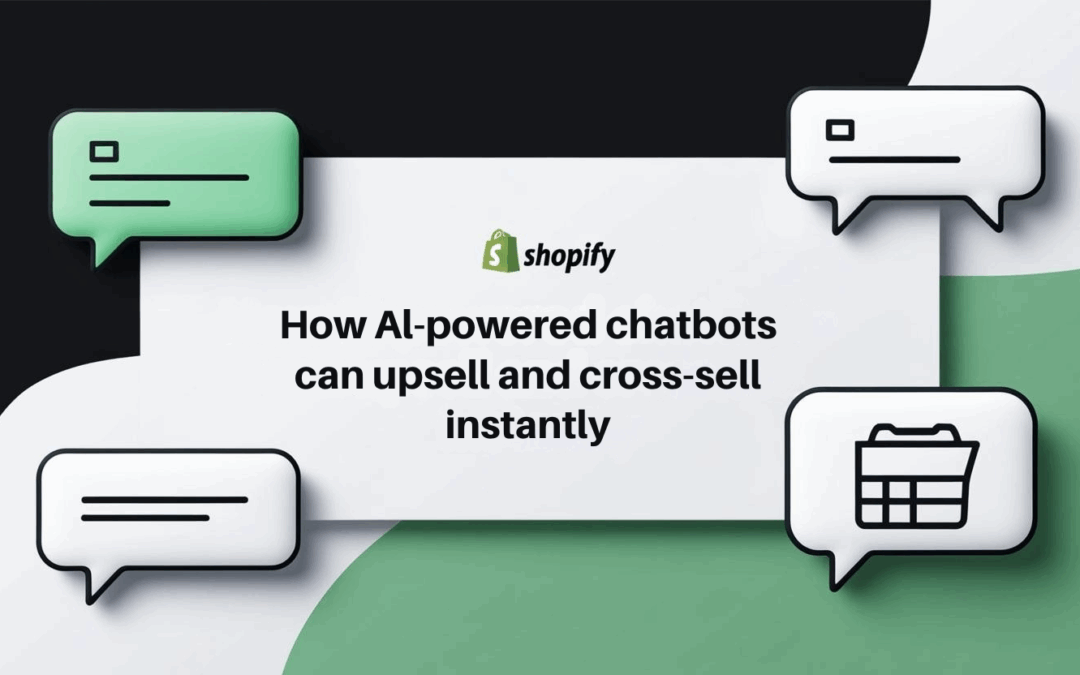Read More
Step-by-Step on SellerADvantage.co.uk
Read on LinkedIn
Read on Medium
Watch on YouTube
How AI-Powered Chatbots Can Upsell and Cross-Sell Instantly
In the rapidly evolving landscape of ecommerce, Shopify store owners face intensified competition and rising customer expectations. Simply presenting products on a storefront no longer suffices; merchants must engage visitors with timely, personalized interactions that guide them toward higher-value purchases. AI-powered chatbots have emerged as a transformative solution, equipping store owners with automated conversational agents that not only answer questions but also strategically suggest complementary and premium products in real time. By harnessing the capabilities of natural language processing and machine learning, these chatbots can analyze browsing behavior, past purchase history, and even external data signals to make contextually relevant recommendations—instantly turning casual browsers into enthusiastic buyers.
Traditional chat tools often rely on rigid decision trees or manual rule-setting, which can result in generic, stale interactions that fail to capture customer interest. In contrast, modern AI chatbots continuously learn from each conversation, refining their language models and suggestion algorithms to deliver ever-improving experiences. For Shopify merchants, this means deploying a virtual sales assistant that never sleeps, proactively engaging users at each step of the buyer journey. Whether a shopper is viewing a product page, adding items to their cart, or hesitating at checkout, the chatbot can step in with tailored upsell and cross-sell prompts—highlighting bundle deals, product upgrades, or complementary accessories that boost average order value.
This article dives into three key strategies for leveraging AI-powered chatbots to drive instant upselling and cross-selling on your Shopify store. We’ll begin by exploring how to deploy a chatbot that crafts personalized dialogues, then move on to integrating real-time product recommendation engines, and finally discuss automating cart recovery conversations to salvage lost opportunities. Along the way, you’ll learn best practices for training your AI models, designing conversational flows that feel natural, and measuring success through meaningful metrics. By the end, you’ll have a clear, actionable roadmap for transforming your Shopify storefront into a self-optimizing revenue engine powered by intelligent automation.

Key Action Point 1: Deploy Personalized AI Chat Experiences
The cornerstone of effective upselling and cross-selling lies in personalization. To achieve this, begin by selecting a chatbot platform that integrates seamlessly with Shopify’s API and supports real-time data exchange. Feed the chatbot with customer metadata—such as browsing history, demographic segments, and previous order information—to build a dynamic profile for each visitor. Configure the AI to initiate conversations based on triggers like page dwell time or cart additions. For example, if a shopper lingers on a mid-priced product, the bot can suggest an upgraded version with enhanced features. If a customer adds a foundational item to their cart, the AI might recommend complementary accessories or bundles. By tailoring each dialogue to individual preferences and behaviors, you create a frictionless, consultative selling experience that feels human, drives engagement, and increases average order value.

Key Action Point 2: Integrate Real-Time Product Recommendation Engines
AI chatbots reach their full potential when paired with robust recommendation algorithms that analyze product affinities and customer intent signals. Implement a recommendation engine that leverages collaborative filtering and content-based filtering to surface the most relevant add-on and upgrade options. Configure the chatbot to query this engine during conversational exchanges, presenting suggestions such as “Customers who bought this also purchased…” or “Upgrade to our deluxe version for only £X more.” Ensure the recommendation logic accounts for inventory levels, pricing strategies, and promotional campaigns to avoid suggesting out-of-stock or low-margin items. Real-time integration allows the chatbot to pull the latest product data, images, and pricing into its messages, maintaining consistency with your storefront. This seamless connection not only enhances customer trust but also maximizes the likelihood of incremental purchases.

Key Action Point 3: Automate Cart Recovery Conversations
Abandoned carts represent significant revenue leakage, but AI chatbots can intervene before shoppers walk away. Establish conversational triggers tied to cart abandonment signals—such as closing the tab, navigating away from checkout, or prolonged inactivity. When triggered, the chatbot re-engages the shopper with personalized messages like “It looks like you left something behind—would you like to add our matching case at 20% off?” For mobile visitors, use in-browser notifications or SMS integration to continue the dialogue off-site. Enhance these interactions by offering limited-time incentives, free shipping thresholds, or reminder prompts highlighting product scarcity. By automating these recovery conversations, you not only recapture potential sales but also gather valuable feedback on objections and barriers, enabling continuous improvement of your upsell and cross-sell strategies.
Implementing AI-powered chatbots for instant upselling and cross-selling represents a paradigm shift for Shopify store owners. By delivering personalized, context-aware dialogues at critical touchpoints, merchants can elevate customer experiences and drive substantial revenue gains without manual intervention. The strategies outlined—deploying tailored chat experiences, integrating real-time recommendation engines, and automating cart recovery—form a cohesive framework that scales effortlessly as your store grows.
Success with AI chatbots hinges on ongoing optimization. Regularly review conversational analytics to identify drop-off points, underperforming suggestions, and common customer pain points. Retrain your AI models with fresh data and refine dialogue prompts to maintain natural language flows. Experiment with A/B testing for different upsell and cross-sell offers to determine which incentives resonate most strongly with your audience.
As customer expectations continue to rise, leveraging AI-driven automation becomes not just an advantage, but a necessity. By embracing advanced chat technologies today, Shopify merchants can future-proof their sales funnels, deliver exceptional shopping experiences, and unlock new levels of profitability. Start integrating an AI sales assistant on your store, and watch as each conversation turns into an opportunity for growth.
Any follow helps us out a lot – Thank-You!
If you like this article and want to explore further insights, discuss collaborative opportunities, or simply connect, please feel free to reach out to me on any of the following :
Work With Us
Hire Us on fiverr
Hire Us on upwork
🔴Book a FREE PPC Audit🔴




